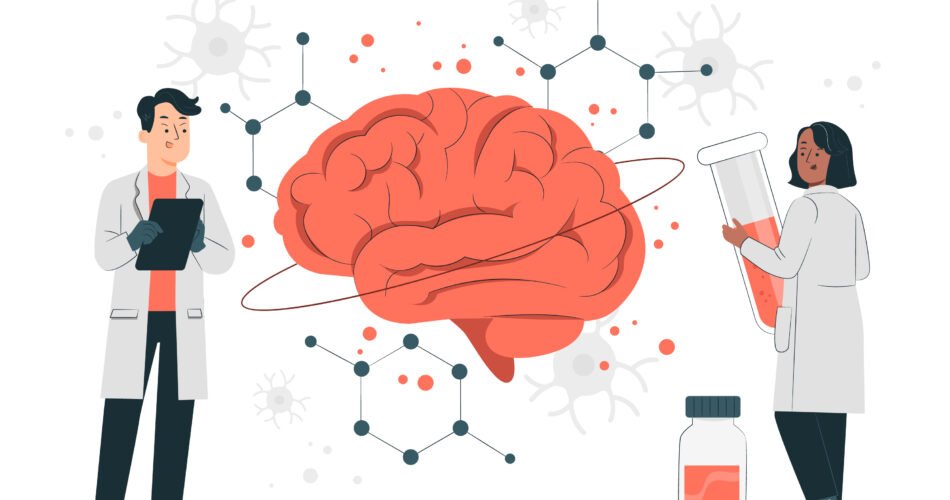Introduction:
Mindfulness, a practice rooted in ancient traditions, has garnered significant attention in recent years for its profound impact on mental well-being. Modern neuroscience has ventured into unraveling the neural mechanisms underlying mindfulness, shedding light on how this practice influences the brain’s structure and function. This guide aims to explore the fascinating realm of the neuroscience of mindfulness, delving into the intricate workings of the brain when engaged in mindful practices.
Neuroscientific Foundations of Mindfulness:
- Prefrontal Cortex and Attention Regulation: Mindfulness practices, such as focused attention on the breath or sensations, activate the prefrontal cortex—the brain region associated with attention regulation, decision-making, and impulse control. This activation strengthens attentional networks, enhancing focus and cognitive control.
- Amygdala and Emotional Regulation: Mindfulness modulates the activity of the amygdala, the brain’s emotional center responsible for processing emotions, especially fear and stress responses. Regular mindfulness practice can reduce amygdala reactivity, leading to improved emotional regulation and decreased stress reactivity.
- Default Mode Network (DMN) and Self-Referential Thinking: The DMN, involved in self-referential thinking and mind-wandering, becomes less active during mindfulness practice. This deactivation correlates with reduced rumination, increased present-moment awareness, and a decrease in the ‘mental chatter’ often associated with anxiety and depression.
- Neuroplasticity and Structural Changes: Studies suggest that consistent mindfulness practice can induce neuroplastic changes in the brain, leading to structural alterations in areas associated with attention, emotional regulation, and self-awareness. These changes may contribute to improved cognitive functions and emotional well-being.
Effects of Mindfulness on Brain Function and Health:
- Stress Reduction: Mindfulness practice has been linked to reduced activity in the brain’s stress-related regions, leading to decreased cortisol levels and mitigated physiological stress responses.
- Emotional Resilience: By altering neural responses to emotions, mindfulness fosters emotional resilience, enabling individuals to respond to stressors more adaptively and recover from emotional distress effectively.
- Cognitive Enhancement: Enhanced cognitive functions, such as attention, memory, and executive control, have been observed in individuals practicing mindfulness regularly, attributed to the positive impact on brain networks associated with these functions.
Practical Insights and Examples:
Consider Sarah, who engages in mindfulness meditation daily. Neuroscientific studies reveal that her brain exhibits increased activity in regions linked to attentional control and decreased activity in areas associated with mind-wandering, contributing to her improved focus and reduced stress levels.
Similarly, David, who practices mindfulness-based stress reduction techniques, experiences structural changes in his brain over time. Neuroimaging shows increased gray matter density in brain regions linked to emotion regulation, indicating the neural correlates of enhanced emotional resilience.
Conclusion:
The neuroscience of mindfulness offers compelling insights into the profound impact of this practice on the brain’s structure and function. Through its influence on attention regulation, emotional processing, and neuroplasticity, mindfulness shapes neural pathways associated with well-being, resilience, and cognitive enhancement. As neuroscience continues to unveil the intricacies of mindfulness, these findings underscore the transformative potential of this ancient practice in fostering mental health, emotional balance, and a deeper understanding of the mind-brain connection.
Subscribe to our email newsletter to get the latest posts delivered right to your email.


Comments